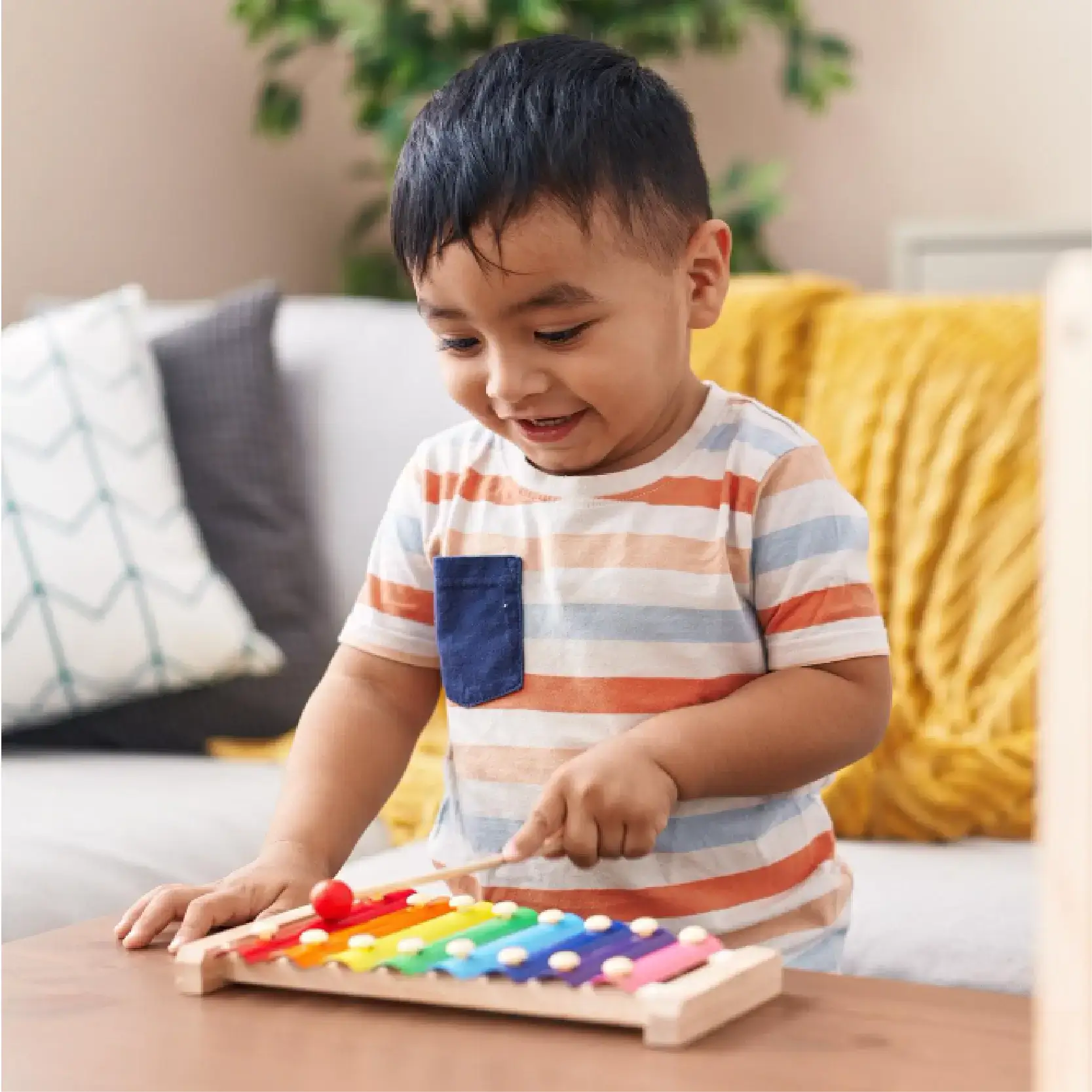**Understanding how to navigate family law matters in England and Wales can seem like a daunting experience, particularly when children are involved.** When parents separate or divorce, disagreements often arise around where a child will live, who they will spend time with and how important decisions should be made. In such cases, a Child Arrangements Order may be sought from the family courts. This legal tool plays a pivotal role in clarifying responsibilities and ensuring the best interests of the child are always prioritised.
This article provides a comprehensive guide to the process of obtaining a Child Arrangements Order, detailing the legal steps involved, what to expect, and how to prepare. It focuses solely on the framework applicable in England & Wales, which may differ significantly from the systems in Scotland or Northern Ireland.
**What is a Child Arrangements Order?**
A Child Arrangements Order is a legally binding directive issued by a family court in England & Wales. It sets out who the child is to live with, spend time with or otherwise have contact with. In effect, it replaces the older terms such as ‘residence orders’ and ‘contact orders’ that were part of previous family law frameworks before the Children and Families Act 2014 simplified matters.
The order may determine:
– With whom the child is to live, and whether this will be on a full-time basis or shared between parents.
– When and how a child is to have contact with the parent they do not predominantly live with.
– Other specific arrangements, such as communication protocols, holiday visitation rights and even handover locations.
These arrangements can be flexible. For example, orders may direct alternate weekends with one parent, regular overnight stays, or holiday schedules. Alternatively, it may permit indirect contact such as letters, phone calls, or video chats, depending on what the court believes is appropriate under the circumstances.
**Who can apply for an order and when is it necessary?**
While parents or guardians typically consider such orders during or following separation, any individual with parental responsibility is eligible to apply. This includes biological parents, legally recognised guardians, step-parents who have acquired parental rights, and even grandparents or other relatives in special situations.
Notably, not every matter involving children needs to result in a court order. Courts in England & Wales operate under the ‘no order’ principle, guided by Section 1(5) of the Children Act 1989. This states that unless making an order would be beneficial to the child, it should not be made at all. The rationale is simple – courts prefer parents to reach amicable decisions without judicial intervention where possible.
However, where communication breaks down, negotiations fail or one parent is prevented from having contact with the child, turning to the courts becomes a necessary step to safeguard the child’s welfare and ensure fair parental involvement.
**Attempting Mediation Before Court Proceedings**
Before applying for a Child Arrangements Order, parties are typically required to attend a Mediation Information and Assessment Meeting (MIAM). This meeting is designed to encourage alternative dispute resolution and assess whether mediation could help the parties come to an agreement without undergoing the stress and cost of a court hearing.
Mediation is a less adversarial and more collaborative process facilitated by a trained neutral mediator. Its success hinges on the willingness of both parties to compromise and focus on the child’s needs. The mediator does not take sides but helps clarify concerns and explore mutually agreeable solutions.
A MIAM is legally required unless:
– There is evidence of domestic abuse;
– Concerns exist for the child’s safety;
– The matter is urgent, such as in abduction cases;
– One party is exempt due to disability or significant geographical barriers.
If mediation proves unsuccessful or is deemed inappropriate, the mediator will issue a certificate – formally known as Form FM1 – which must be submitted alongside the application to court.
**Making the Court Application**
The process begins by completing and submitting C100, the official court form used to apply for any Child Arrangements Order. This form requires detailed information including:
– Who the applicant is and their relationship to the child;
– Key facts of the case and desired outcomes;
– Past involvement of social services or police, if applicable;
– Any existing legal orders relating to the child;
– Whether any risk of harm or safeguarding concerns exist.
If there are allegations of harm, an additional form (C1A) must be submitted. This focuses on concerns such as domestic violence, abuse, substance misuse or neglect, and will be treated seriously by the court.
The completed forms and relevant documents must be submitted to the nearest family court in England or Wales, along with the court fee, which as of 2024 stands at £232. Fee exemptions may apply for individuals on low income or certain benefits, through submission of EX160 (Help with Fees).
**Initial Stages and the Role of CAFCASS**
Once the application is received, the court notifies the Children and Family Court Advisory and Support Service (CAFCASS). CAFCASS is an independent organisation that looks after the interests of children in family proceedings. Their role is to assess whether any issues of risk or harm exist and determine what arrangements are in the child’s best interests.
CAFCASS will conduct initial safeguarding enquiries, which usually involve:
– Background checks with the police and local authority;
– Telephone interviews with each parent or carer;
– An early observation of risk factors, if relevant.
Their findings are compiled into a “safeguarding letter” sent to the court before the first hearing. If significant concerns are raised, CAFCASS may recommend a more lengthy investigation and submit a full report later in the process.
**The First Hearing Dispute Resolution Appointment (FHDRA)**
The first formal court hearing, known as the First Hearing Dispute Resolution Appointment (FHDRA), is often scheduled 4–6 weeks after the application is made. This introductory session allows the court to understand the key issues, explore any potential for agreement, and determine how the matter should proceed.
Both parties are encouraged to reach an agreement at this stage with the help of duty mediators or legal advisers present in court. If they succeed, the judge may formalise those arrangements into an enforceable order without requiring further hearings.
However, if disputes persist—perhaps because of concerns surrounding safety or substantial disagreement about what’s in the child’s best interests—the court will outline necessary steps, such as:
– Scheduling further hearings;
– Requesting full reports from CAFCASS or social workers;
– Directing parental drug or alcohol testing;
– Appointing a guardian for the child under Rule 16.4 for more complex or entrenched cases.
**Fact-Finding Hearings and Welfare Considerations**
In more contentious situations, particularly where allegations of abuse, coercive control or neglect exist, the court may order a Fact-Finding Hearing. This specialist proceeding focuses solely on determining whether the alleged incidents occurred, as the outcome heavily influences what arrangements would be safe and appropriate.
The burden of proof lies on the person making the allegations, and evidence such as witness statements, police reports and medical documentation may be submitted. A judge will assess the credibility of each party’s narrative before making factual conclusions.
Once facts are established—or if the case skips this stage—a Welfare Hearing resumes standard proceedings. At this point, Section 1 of the Children Act 1989 becomes the guiding framework, notably the ‘welfare checklist’ which includes:
– The child’s wishes and feelings (depending on age and maturity);
– Physical, emotional and educational needs;
– The likely effect of any change in circumstances;
– Capabilities of the parents;
– Any identified risk of harm;
– The child’s age, sex and background.
The emphasis remains fixed on ensuring any outcome supports the child’s best interest rather than either parent’s preferences or convenience.
**Final Hearing and Court Orders**
If no agreement is achieved through interim proceedings, a Final Hearing is scheduled. At this session, each party will be given the opportunity to present their argument in full, supported by any oral evidence, witnesses or documentation submitted previously. Legal representatives, where involved, will make their submissions and cross-examine each other’s claims.
After evaluating all the circumstances, the judge issues a final Child Arrangements Order. This ruling is legally binding and can be enforced if one party fails to comply. Conditions or stipulations may accompany the order, such as supervised handovers, communication protocols or limitations on overnight stays.
Final orders can, however, be varied in the future. Parenting needs, life circumstances and wishes of the child can change over time. Either party may return to court to apply for amendments, though courts only typically consider such changes where there is a significant shift requiring judicial review.
**Enforcing an Order**
Unfortunately, not all parents comply with orders voluntarily. If one party breaches the terms of a Child Arrangements Order without reasonable justification, enforcement measures can be triggered through the court system.
Sanctions may include:
– Warning notices;
– Variation or reduction of parenting time;
– Imposition of community service or fines;
– Rarely, imprisonment for persistent contempt of court;
– Compensation for financial losses incurred due to non-compliance.
It is essential to recognise that courts treat breaches seriously, but they will also carefully examine whether a party had a legitimate reason, such as illness or genuine safeguarding concerns, for their deviation from the order.
**The Child’s Voice and Involvement**
Listening to the child’s views is central to modern family law. CAFCASS or other appointed guardians may directly speak to the child during assessments, taking into consideration their age and maturity. Whilst the child does not dictate the outcome, their voice forms an important piece of the broader picture the court considers.
In rare and older cases, children may be allowed to meet the judge directly or participate in proceedings in more active ways, particularly where distress, alienation or other complex dynamics are involved.
**Legal Representation and Support**
Though applicants are not required to have legal representation, the complexities and emotionally charged nature of such proceedings mean many choose to consult with family solicitors who specialise in children’s law. Legal aid in England & Wales may be available in cases involving domestic abuse or child protection concerns, though criteria are strict and documentation must be provided.
Charities such as Resolution or the Children’s Legal Centre are also useful starting points for guidance, signposting and pro bono assistance.
**In Summary**
The journey to obtaining a Child Arrangements Order in England & Wales is structured, carefully considered and always steered by the principle of the child’s welfare taking precedence. From initial application to final hearings, the system seeks to provide fair, proportionate and tailored solutions appropriate to each family’s unique circumstances.
While the court process can be stressful and, at times, adversarial, it exists to offer resolution when cooperation breaks down and protect the long-term interests of children navigating the fallout from family separation. For parents or carers undertaking this journey, being informed, cooperative and focused on what’s best for the child remain the strongest foundations on which to build their case.













